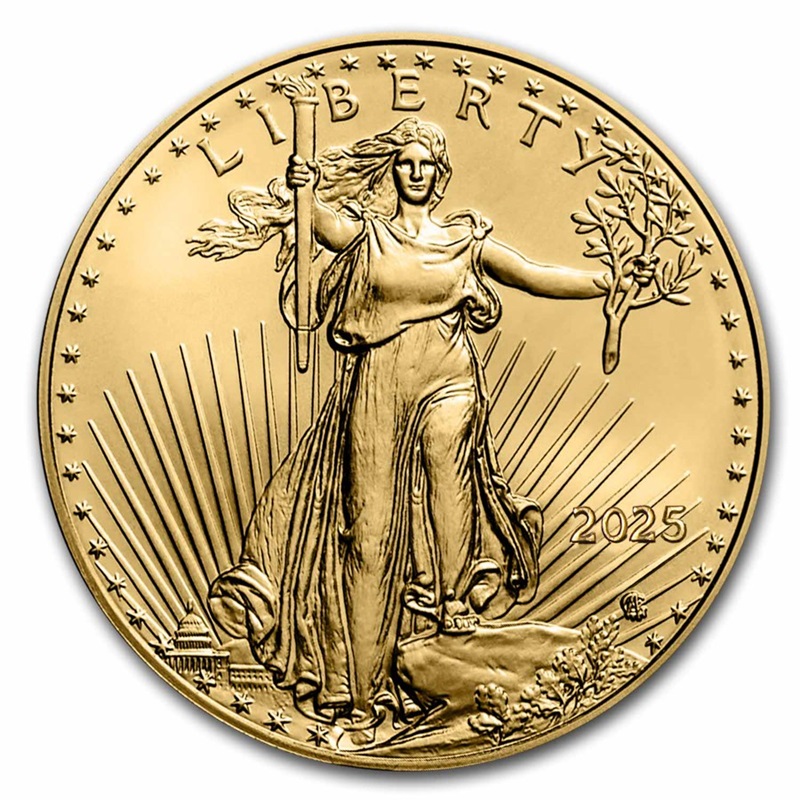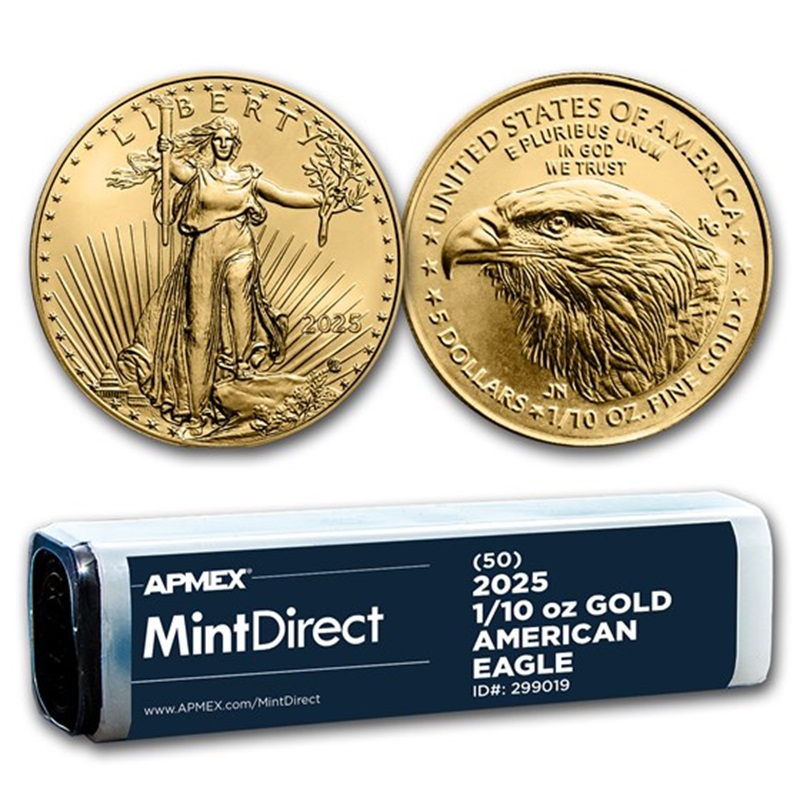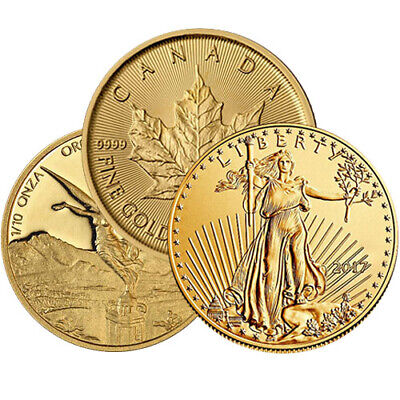When it comes to investing in precious metals, buying secondary market bullion coins is often the smarter financial decision. While newly minted coins carry an appeal due to their pristine condition and direct-from-mint origins, secondary market coins—those that have been previously owned and resold—offer the same intrinsic metal value at a lower premium.
Much like the used car market, where vehicles that have been lightly driven can be purchased for significantly less than brand-new models, secondary market gold and silver coins provide investors with an opportunity to acquire precious metals at a reduced cost while maintaining the full investment potential.

Understanding the Secondary Market for Bullion Coins
The secondary market refers to gold and silver bullion that has already entered private ownership but is later resold to dealers, coin shops, or refiners. Unlike numismatic or collectible coins, which derive value from rarity and historical significance, bullion coins are valued primarily for their metal content.
When bullion investors decide to liquidate their holdings, their coins often find their way back into the market through various channels, including:
- Local coin shops
- Pawn shops
- Online bullion dealers
- Bullion wholesalers
While some secondary market bullion is melted down and refined into new products, most are resold as-is. These coins may have slight wear, minor scratches, or light toning, but they retain their full gold or silver weight and purity.

Why Secondary Market Bullion Coins Are a Better Investment
For those who prioritize wealth preservation and low premiums over spot price, secondary market bullion offers a clear advantage over newly minted coins. Here’s why:
1. Lower Premiums = More Silver and Gold for Your Money
One of the biggest drawbacks of buying newly minted bullion is the high premium over spot price. Mints and dealers charge additional costs for production, distribution, and packaging, making these coins more expensive than their secondary market counterparts.
In contrast, secondary market bullion is often sourced from individuals liquidating their holdings, meaning dealers acquire these coins at or below melt value. This allows them to resell them at lower premiums, helping investors stretch their buying power and accumulate more ounces of gold and silver.
2. Same Metal Content, Lower Cost
Unlike collectible coins, where condition significantly impacts value, bullion coins derive their worth from their metal content. Whether the coin was minted yesterday or a decade ago, a 1/10 oz American Gold Eagle from 2010 holds the same intrinsic gold value as a brand-new 2025 issue.
Key point: If an investor can purchase the same gold or silver content for less, why pay extra for new coins?
3. Access to Vintage and Hard-to-Find Bullion Coins
Another advantage of secondary market purchases is the availability of vintage or backdated coins that may no longer be in production. Dealers regularly acquire older bullion coins, such as:
- Gold American Eagles from the 1980s and 1990s
- Pre-2000 Canadian Maple Leafs
- Discontinued series like the Austrian 100 Corona or Swiss 20 Francs
- Vintage 10 oz Silver Bars from refineries no longer in operation
These older issues are often priced close to or below the premium of new bullion, offering an attractive blend of investment potential and historical interest.
4. Minimal Wear Has No Impact on Investment Value
While some secondary market coins may show minor signs of handling—such as small scratches, light toning, or slight wear—these cosmetic imperfections have no effect on their metal weight or purity.
For investors, bullion is not about aesthetics—it’s about intrinsic value. Whether stored in a vault or added to a personal collection, the priority should be securing as much gold or silver as possible at the lowest cost per ounce.
The Smart Choice for Precious Metals Investors
When building a gold and silver portfolio, the objective is to accumulate as many ounces as possible while minimizing upfront costs. Secondary market bullion coins provide an ideal way to achieve this by offering the same investment value as newly minted coins—but at a lower price.
Investors who prioritize low premiums, maximum metal weight, and long-term wealth preservation will find that buying secondary market bullion is a far superior strategy to paying extra for new coins. While mints and dealers continue to push fresh releases, savvy investors recognize that bullion’s true value lies in its metal content—not its mint date.
